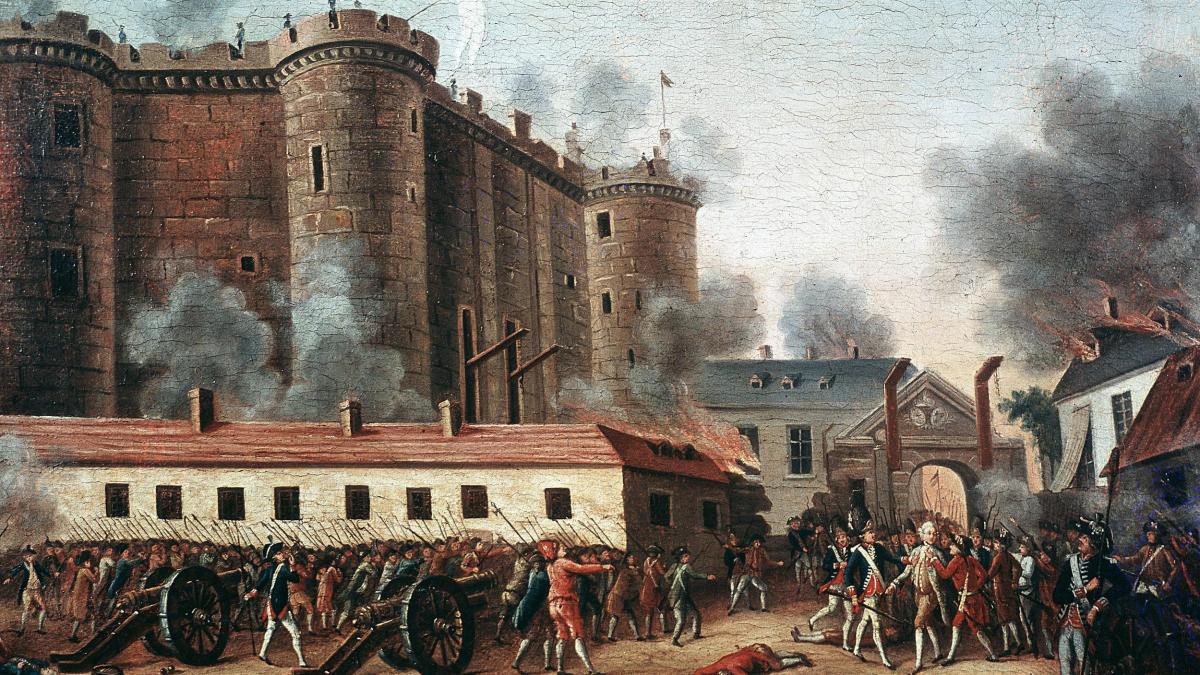
La Fête Nationale Bastille Day. Slow Tours
Pierre de la Bastille (Musée de la Révolution française) (5 F) S. Storming of the Bastille in art (3 C, 35 F) Strada Căderea Bastiliei (2 C, 7 F) Media in category "Storming of the Bastille, 14 July 1789" The following 4 files are in this category, out of 4 total. Attack on Bastille plan.png 346 × 251; 122 KB.

Bestorming van Bastille Franserevolutiedaanolaf.jouwweb.nl
Bestorming van de Bastille, 14 juli 1789 (1789 - 1838) by Thévenin, CharlesRijksmuseum. New hope. In 1789, the French overthrew their king Louis XVI. From now on, freedom, equality and fraternity should apply to all. An idea that spread over Europe in no time at all.
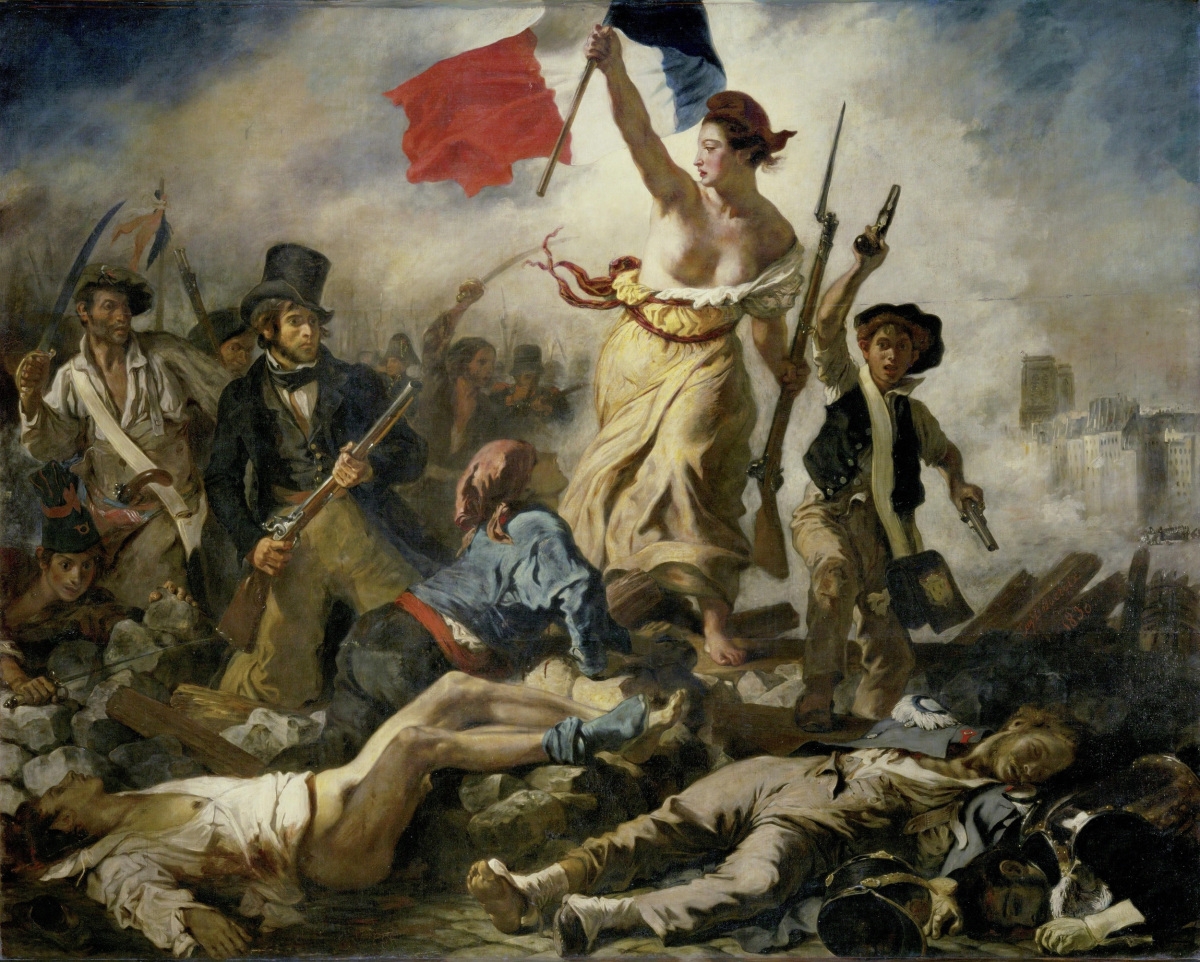
Les Franse Revolutie Lesmateriaal Wikiwijs
The storming of the Bastille was a victory for the idea of representative government, but it also established a precedent that would shape the subsequent course of the French Revolution. Mass demonstrations and assaults on government buildings became so frequent during the revolution that they acquired their own name: They were called journées or "days," many of which marked turning.

Bestorming van de Bastille 14 juli 1789 werd een nationale feestdag (2023)
De Bestorming van de Bastille in Parijs, op 14 juli 1789, wordt vaak gezien als het symbolische beginpunt van de Franse Revolutie. Hoewel er ten tijde van de bestorming maar zeven gevangenen aanwezig waren in de Bastille Saint-Antoine, een middeleeuws fort dat als gevangenis werd gebruikt, werd de verovering ervan een symbool voor de Revolutie.

Bestorming van de bastille, de, Riny van Der Mark 9789033119880 Boeken
The Bastille was defended by 82 Invalides (soldiers who had been injured and could no longer fight in the field) and 32 Grenadiers. The commander at the time was Bernard-Rene de Launay. The crowd of Parisians numbered around one thousand and demanded the surrender of the Bastille and the removal of the arms and ammunition within.

Bestorming van de Bastille (1789) Begin Franse Revolutie
Title: Bestorming van de Bastille, 14 juli 1789. Creator: Thévenin, Charles. Date Created: 1789 - 1838. Physical Dimensions: papier. Subject Keywords: revolutie, opstand, Bestorming van de Bastille, Bastille. Explore museums and play with Art Transfer, Pocket Galleries, Art Selfie, and more. Google Arts & Culture features content from over.

Storming of the Bastille, Paris, French Revolution, 14 July 1789 stock image Look and Learn
Title: The Storming of the Bastille on 14 July 1789 (Prise de la Bastille le 14 juillet 1789) Artist: Charles Thévenin (French, Paris 1760-1839 Paris) Date: ca. 1793. Medium: Etching. Dimensions: sheet: 16 15/16 x 24 1/16 in. (43.1 x 61.1 cm) image: 14 11/16 x 22 15/16 in. (37.3 x 58.2 cm) Classification: Prints

Oude Prenten & Tekeningen Franse Revolutie bestorming van de Bastille (14 juli 1789
12 Jul 1789 - 14 Jul 1789. The dismissal of Jacques Necker causes over 6,000 Parisians to take to the streets. They fight with soldiers, burn toll booths, and raid armories and gunsmiths for weapons. The Bastille in Paris is stormed. The Comte d'Artois, Louis XVI 's brother, flees Versailles with other royalists after the Storming of the.
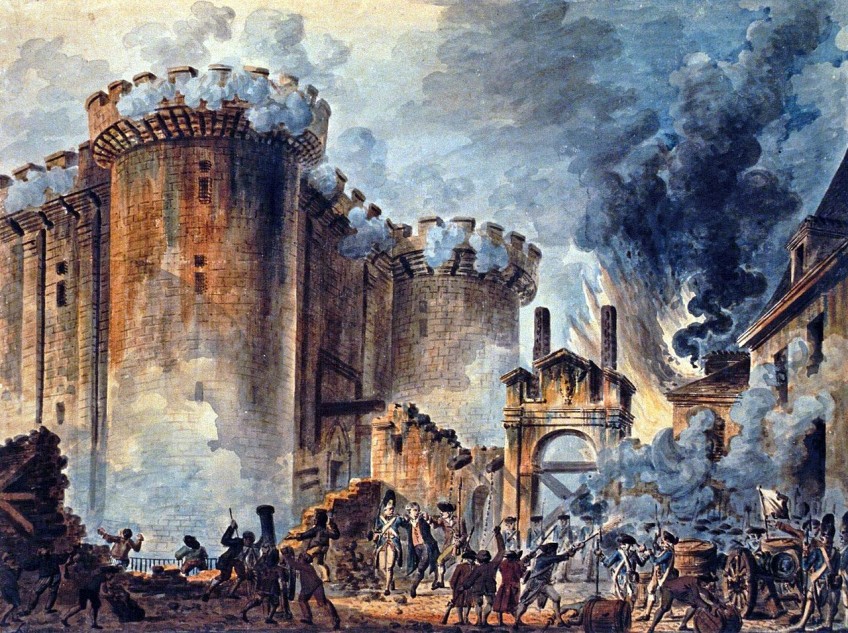
Bestorming van de Bastille (1789) Begin Franse Revolutie
The Bastille (/ b æ ˈ s t iː l /, French: ⓘ) was a fortress in Paris, known formally as the Bastille Saint-Antoine.It played an important role in the internal conflicts of France and for most of its history was used as a state prison by the kings of France.It was stormed by a crowd on 14 July 1789, in the French Revolution, becoming an important symbol for the French Republican movement.
_-_(MeisterDrucke-1340277).jpg)
PARIJS Bestorming van de Bastille (ansichtkaart)
Bestorming van de Bastille, 14 juli 1789, RP-P-2017-9900.jpg 5,252 × 3,920; 5.74 MB Building the nation - events in the history of the United States, from the Revolution to the beginning of the war between the states (1883) (14578280387).jpg 1,750 × 1,976; 1,000 KB

VitalskiBlog december 2005
The impact of the storming of the Bastille. The storming of the Bastille marked a turning point in the French Revolution. It demonstrated that the people could rise against established power. It inspired revolutionary movements throughout France, calling for social and political reforms. Following the storming of the Bastille, the National.
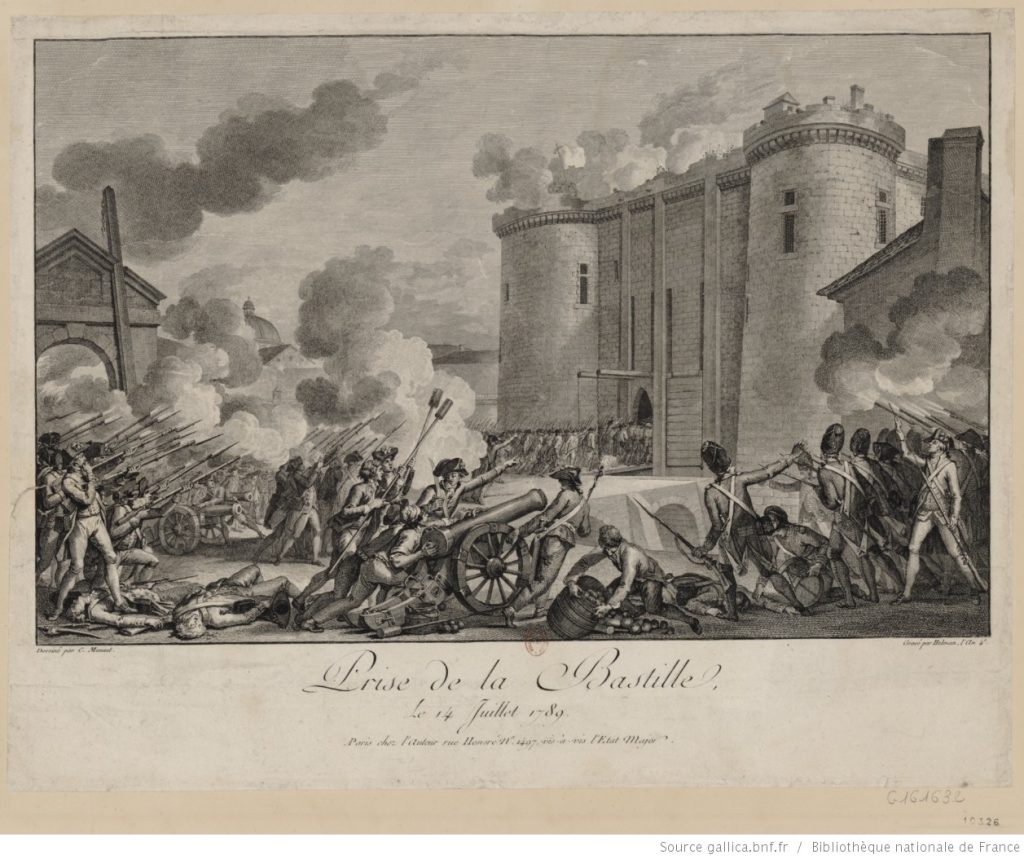
14 Juli in Frankrijk de bestorming van Bastille Camping Vue du Lac
The Storming of the Bastille was a decisive moment in the early months of the French Revolution (1789-1799). On 14 July 1789, the Bastille, a fortress and political prison symbolizing the oppressiveness of France's Ancien Régime was attacked by a crowd mainly consisting of sans-culottes, or lower classes.The anniversary is still celebrated in France as the country's national holiday.

Why We Celebrate the Storming of the Bastille
Frankrijk herdenkt de Bestorming van de Bastille nog ieder jaar, op quatorze juillet. Op 14 juli 1789 werd deze gevangenis in Parijs door de burgerij bestormd. Het kasteel met acht torens stond symbool voor de gevestigde orde. De bestorming van het kasteel luidde het begin van de Franse Revolutie in. De Bastille in 1789.
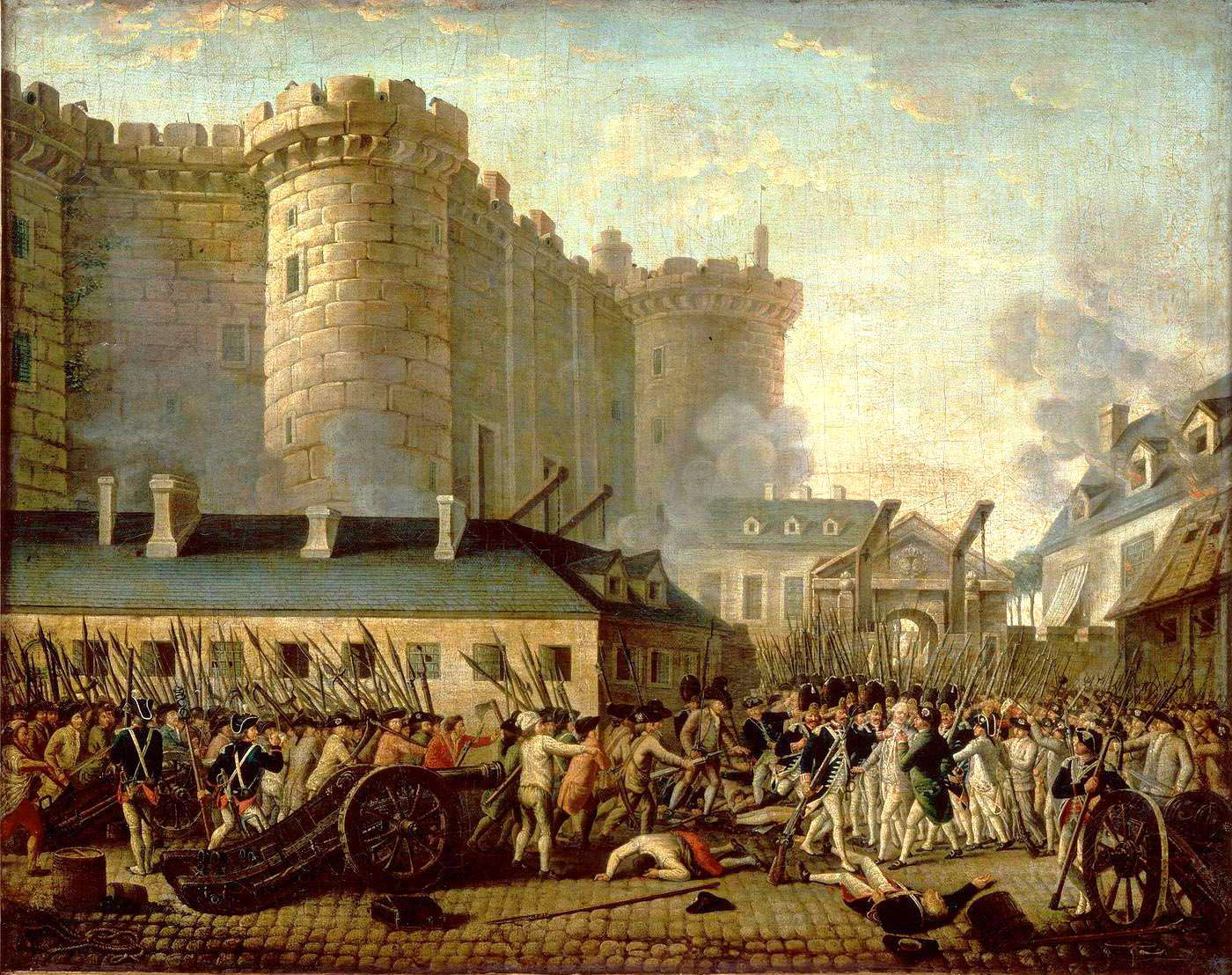
Rebellion and Revolution in France Guided History
Storming of the Bastille. Two days later, on 14 July, unhappy French men and women gathered around the fortress and demanded the surrender of the arms, gunpowder, garrison and cannon. This demand was refused but two representatives of the protesters were invited inside, where they disappeared in negotiations for several hours.
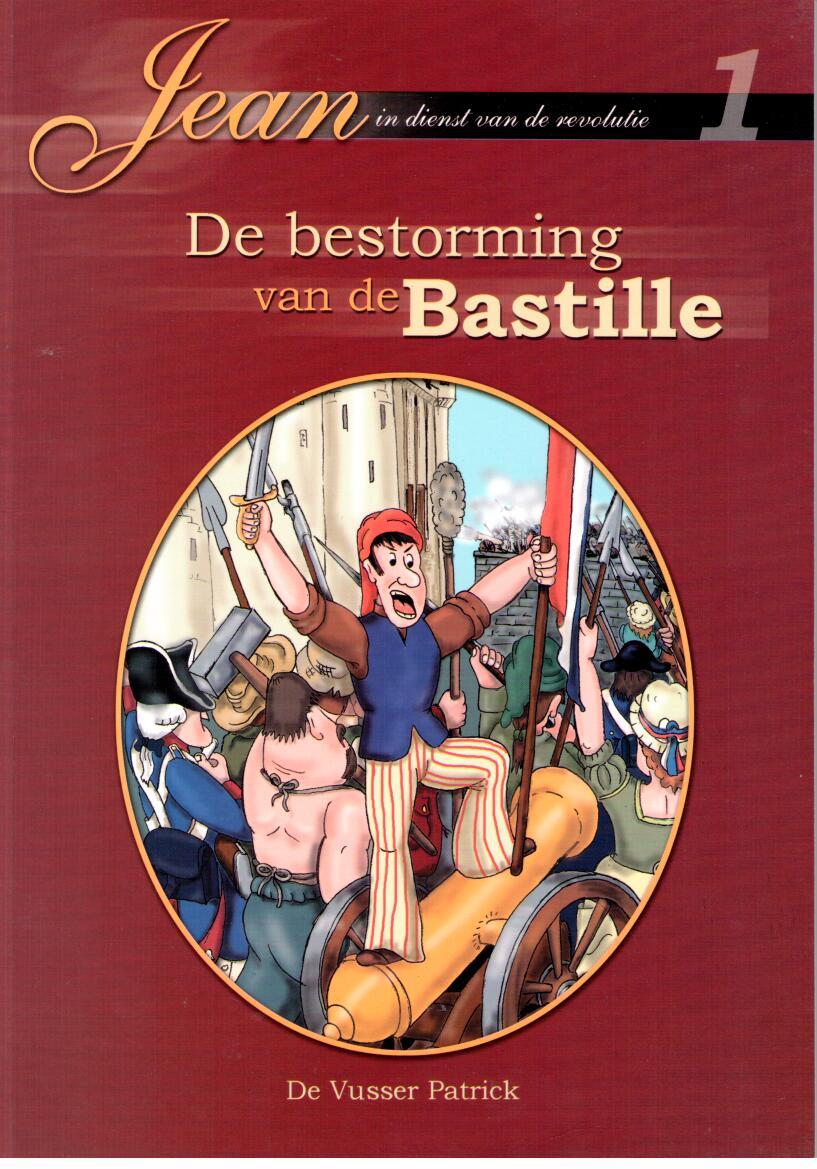
Akim Stripwinkel Eeclonaar uitgaven De bestorming van de Bastille, Softcover + Dédicace (De
History Storming of the Bastille. The Bastille was a fortress of great power that dominated all the popular neighborhoods that were in the east of Paris.It was a symbol of absolute monarchy and was a fortification that had been created against the Englishmen during the Hundred Years War, which Richelieu had later turned into a prison.On July 14, 1789, an angry mafia made up of very aggressive.
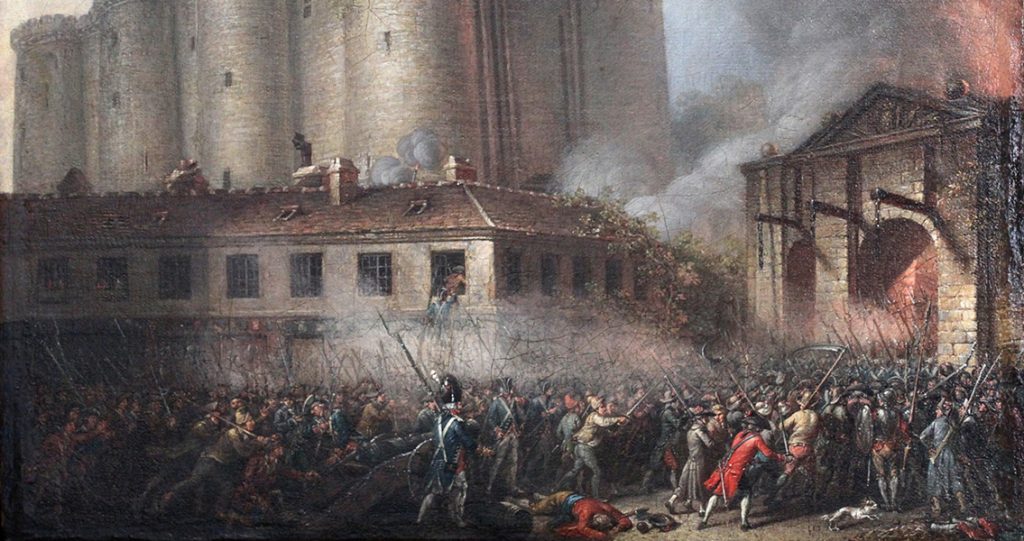
Why Was the Storming of the Bastille Important? History
On 13 July, revolutionaries with muskets began firing at soldiers standing guard on the Bastille's towers and then took cover in the Bastille's courtyard when de Launay's men fired back. That evening, mobs stormed the Paris Arsenal and another armoury and acquired thousands of muskets. At dawn on 14 July, a great crowd armed with muskets.